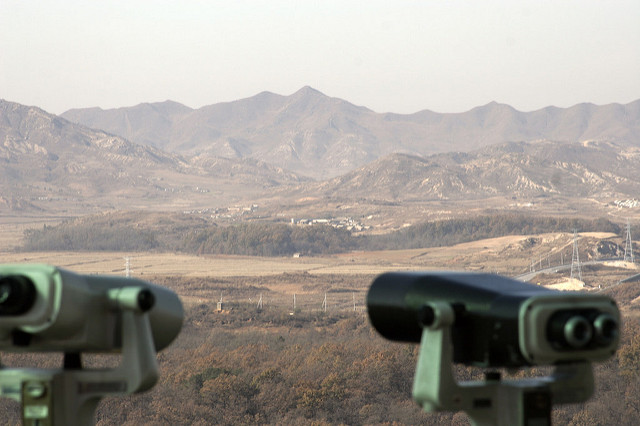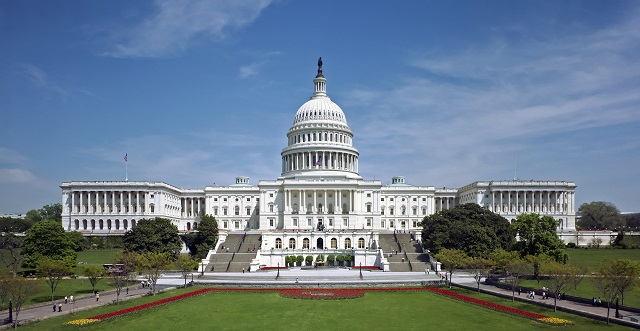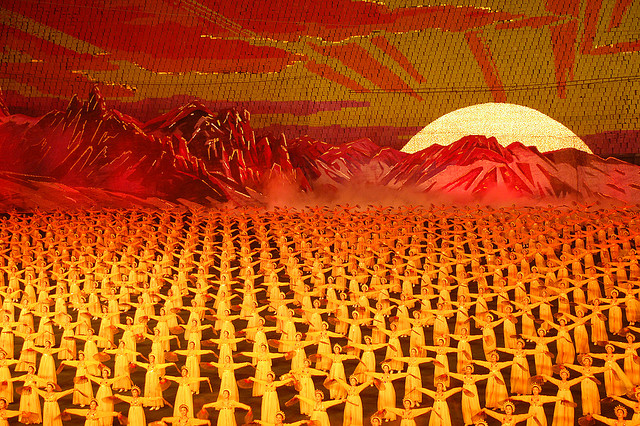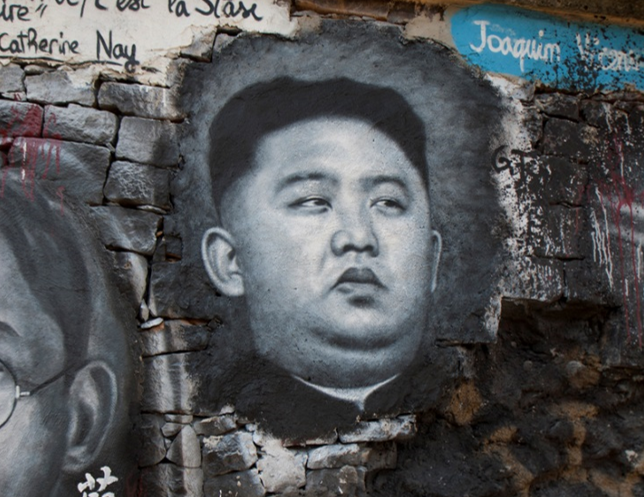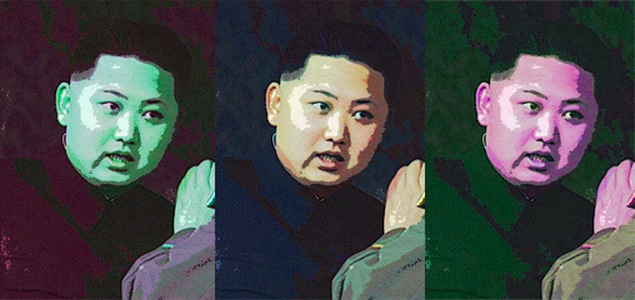ASPI suggests

There’s been some solid work out recently that draws a line between authoritarianism and the tendencies of the new American President, including David Frum’s cover story for The Atlantic (to which we linked a few weeks back). As well as a few astonishing revelations about alleged contacts between Trump’s team and Moscow (and partial confirmation of the Steele dossier), this week has also thrown up some pointed analysis from chess supremo Garry Kasparov. In this must-read interview with Vox, Kasparov reflects on Putinism, resistance and chess in the time of Trump. He also had a piece in The Washington Post (co-authored with his colleague, Thor Halvorssen), which addresses the global rise in authoritarianism. And in case you missed it, Michael McFaul’s recent piece on Putin’s rise as a Trumpian playbook is worth digesting.
If you’ve ever wanted to read an exhaustive analysis of the headlines published by the [North] Korean Central News Agency, then you’re in luck. Or maybe you’re not, because the opening paragraphs of this computer-aided inquiry are bookended by the following two lines:
‘Warning: long and exhaustive discussion of propaganda that nobody reads or cares about, by a non-specialist in North Korean politics. Contains complicated interactive graphs best viewed on a laptop or desktop computer.’
‘WARNING: EXCRUCIATINGLY DETAILED DISCUSSION OF SOME OF THE MOST BORING TEXTS EVER PRODUCED IN THE HISTORY OF THE WORLD FOLLOWS. DON’T SAY I DIDN’T WARN YOU!’
If you’re not put off, jump on in. The word-clouds, mentions and sentiment analyses are all really quite fascinating.
In this week’s first-rate research picks, we kick off with the phenomenal report from the Institute for Strategic Dialogue (PDF), which translates a 55-page IS propaganda strategy and analysises the terrorist group’s media tactics. A sobering new publication from the Atlantic Council puts the devastation of Aleppo under a microscope, expertly sorting fact from fiction in an effort to ensure that Syria is not ‘so easily forgotten’. Looking eastwards, this mammoth effort from Chatham House saw Sinologists gazing into their crystal balls to map out China’s strategic goals in 2021. A shorter read from RSiS identifies the key challenges that keeps Southeast Asia’s naval shipbuilding industry at the bottom of the pack. And in our own backyard, the USSC has identified the most damaging aspects of the Trump administration’s trade policies to Australia’s economy.
And finally, we’ve all heard fantastic stories about how the humble dolphin has been militarised and deployed to hunt submarines, detect underwater mines and partake in other A+ animal activities. But news this week has thrown doubt on whether those tasks are sustainable if the next generation—it’s always the next generation…—can’t pass their drug tests. Stay off the blowies, kids. #420
Podcasts
Regular readers will have previously seen this feature suggest About the News, the one-year podcast collaboration between CSIS in DC and the Bob Schieffer College of Communication in Texas. It’s a fantastic series, with truly interesting chats about the state of journalism today. Journos are their bread-and-butter guests, so when satirist Stephen Colbert showed up last week, we knew it’d be tasty listening (36 mins). Catch up with that episode and others here.
The Wall Street Journal’s excellent podcast series ‘Foreign Edition’ rose to the occasion this week, with its reportage and analysis (25 mins) of the expulsion of Mike Flynn from the White House and Israeli PM Benjamin Netanyahu’s visit to Washington. If you’re after a little more from the Journal on the Flynn fallout, be sure to tee-up the newest ‘Potomac Watch’ episode (20 mins), too.
Video
Chatham House was recently got the chance to interview Tina Tchen, the former Executive Director of the White House Council on Women and Girls and Chief of Staff to FLOTUS. In the short video (4 mins 20 secs), Tchen weighs in on gender equality’s role in driving economic growth across the world and the importance of empowering women.
In an ideal offering for all the capability wonks out there, IHS Jane’s regular Dr Lee Willett joins a panel for of one of Jane’s esteemed intelligence briefings. Here’s an excerpt (9 mins) focusing on key developments in frigate programs around the globe.
Events
Canberra: The ANU’s National Security College this week announced their inaugural Women and National Security conference, set to take place this coming April. Check out the exceptional line-up and registration details here.
Perth: ’What Trump means for X’ is everyone’s favorite line of inquiry at the moment. The Perth USAsia Centre isn’t one to miss out on the action, so will be considering Trump and the Indo–Pacific on 23 February. Register your interest now.

